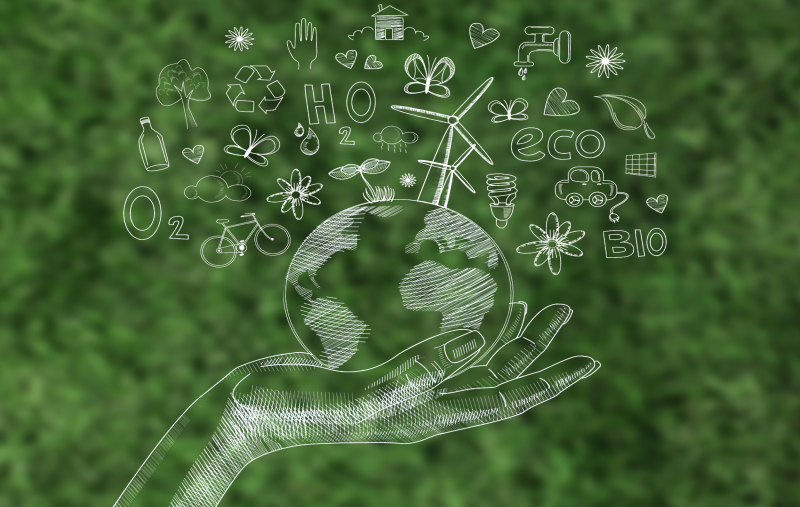Net-Zero Energy Building
Net-Zero Energy Building: A Case Study
21st January 2023

Introduction:
Net-zero energy buildings are structures that produce as much energy as they consume over the course of a year. They are designed to be energy-efficient and to generate their own energy using renewable energy sources. This case study will examine a recently constructed net-zero energy building in India that serves as an example of best practices in net-zero energy design and construction.
Background:
The building is a mid-rise residential building with a total area of 10,000 sq.ft. It was designed and constructed with the goal of achieving net-zero energy status. The building was designed to be highly energy-efficient, with a focus on reducing the energy consumption through passive solar design, natural ventilation, and efficient lighting and appliances. Additionally, the building was equipped with a rooftop solar panel system to generate electricity, and a rainwater harvesting system to reduce the demand for potable water.
Design and Construction
The building was equipped with a rooftop solar panel system to generate electricity. The system consists of 50 solar panels, with a total capacity of 15kW. The system is expected to generate an average of 20,000 kWh of electricity per year, which is more than enough to meet the building’s energy needs.
The building also featured a rainwater harvesting system that captures, stores, and reuses rainwater for non-potable uses such as irrigation and toilet flushing. This helps to reduce the demand for potable water and helps to mitigate the impact of stormwater runoff on the local environment.
Results:
The building achieved net-zero energy status, meaning it generates as much energy as it consumes over the course of a year. The building’s energy consumption was reduced by 70% compared to a typical building of similar size and function. The building’s solar panels generate enough electricity to power the entire building, and the rainwater harvesting system helps to reduce the demand for potable water.
The building has received IGBC Platinum certification for its sustainable design and construction, and it serves as a model for other builders and architects in the region. The building’s design and construction were carried out with the goal of achieving net-zero energy status, and the results have shown that it is possible to construct energy-efficient buildings that generate their own energy using renewable energy sources.
Conclusion:
This case study demonstrates that net-zero energy buildings are possible to construct and can provide significant energy savings, improve indoor air quality, and reduce environmental impact. By designing and constructing buildings that are energy-efficient, generate their own energy using renewable energy sources, and reduce the demand for potable water, builders and architects can create buildings that are not only sustainable, but also provide a healthier and more comfortable environment for the building occupants. The building serves as an example for other builders and architects in the region and can be an inspiration for other projects in south India and other regions. The building owners are also able to save on energy costs and have a smaller carbon footprint. This is an excellent example of how green building consultancy such as ours can help clients achieve net zero energy certification and design.
RECOMMENDED

Jali, a traditional architectural element renowned for its beauty and functionality, has evolved...

Green audits are essential tools that provide a comprehensive assessment of an organization's environmental...

Daylighting is a strategic element in sustainable architecture, essential for reducing energy consumption and enhancing...